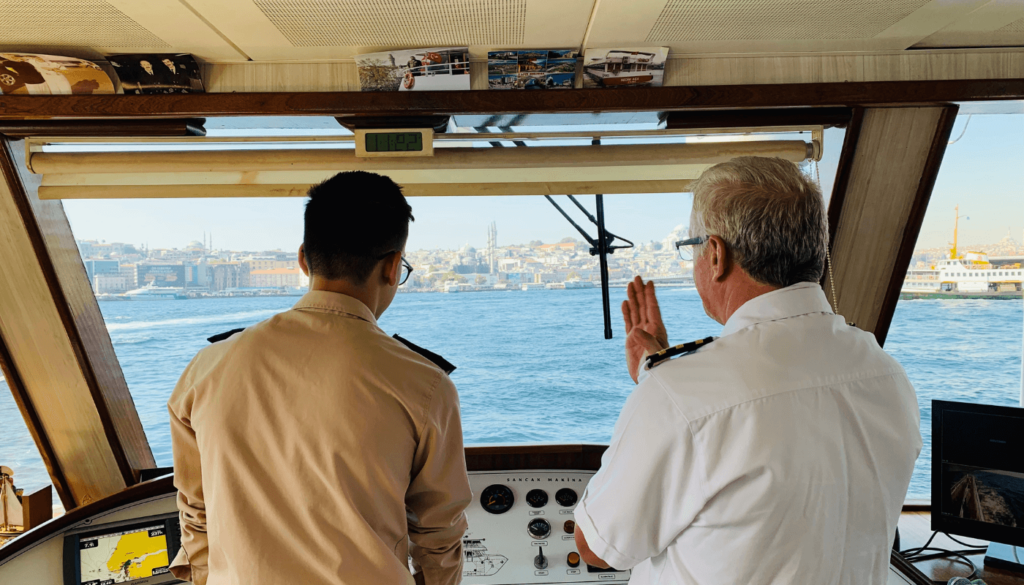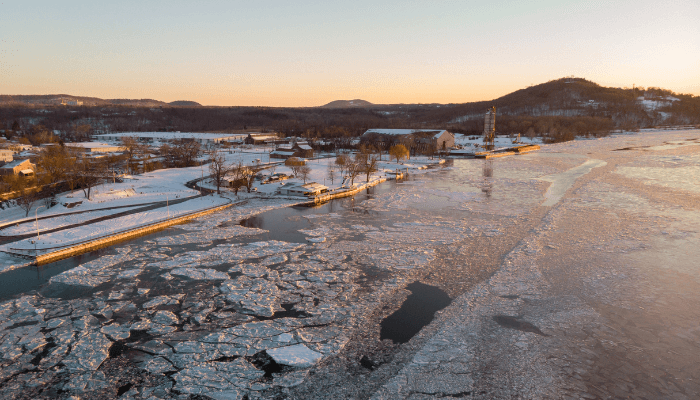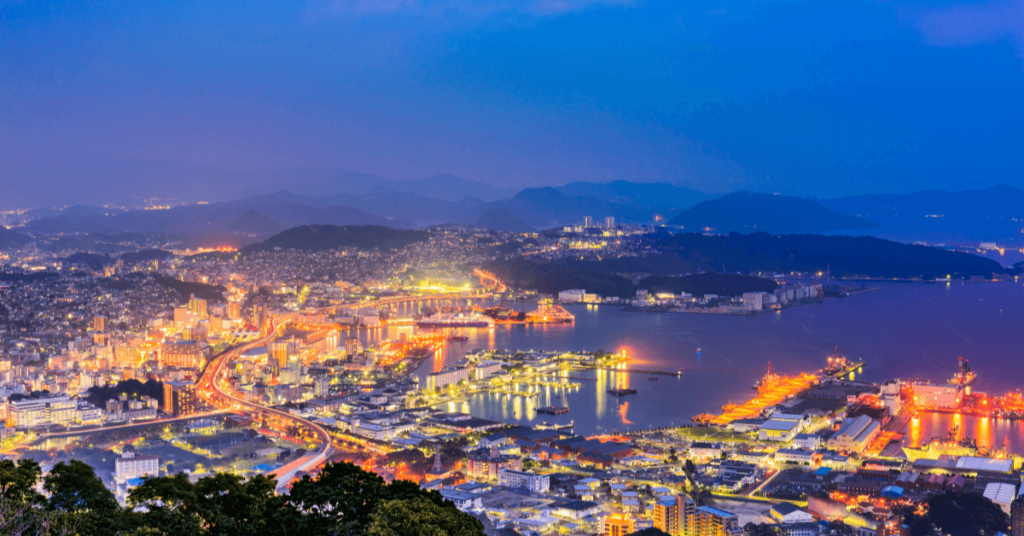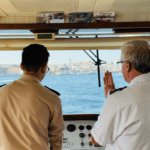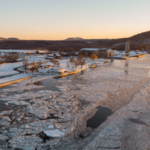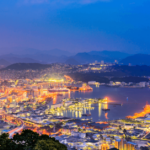9 Interesting West Philippine Sea Facts You Must Know
West Philippine Sea, also called WPS, are those areas of the South China Sea that are officially designated by the Philippine Government to be a part of the nation’s exclusive economic zone. ‘West Philippine Sea’ is seldom employed by some while referring to the whole South China Sea.
Read the article to find some interesting facts about the West Philippine Sea.
1. How did the term ‘West Philippine Sea’ come into existence?
The word ‘West Philippine Sea’ was first used by government of the Philippines in 2011 during the tenure of President Benigno Aquino III.
Certain portions of the South China Sea were designated as the West Philippine Sea to portray their disagreement with China’s claim over the entire South China Sea and for the ease of including them in the national mapping system.
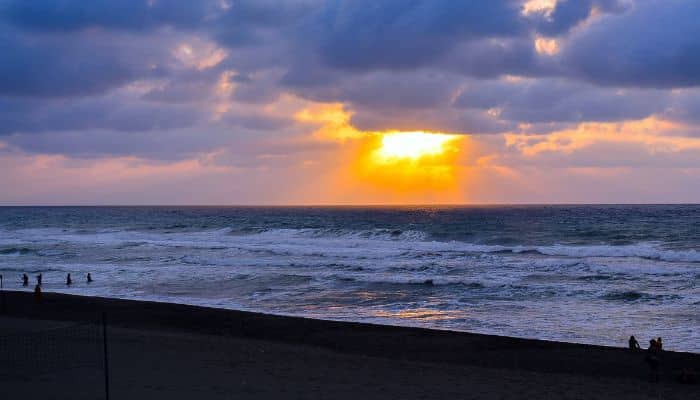
It all started when a representative of Akbayan, a political party in the Philippines, filed a resolution in 2011 and urged the government to change the name of the South China Sea to the Western Philippine Sea.
His proposal received support from the country’s armed forces and people. Hence, his proposal was accepted and made official by a government order in 2012.
The term’s application was limited to the waters within the Philippine Exclusive Economic Zone (EEZ).
In September 2012, the government announced that the waters west of the Philippines would be called the ‘West Philippine Sea’, and the same term would be used in national maps, other forms of official communication, government departments and documents.
2. West Philippine Sea has different maritime zones
The West Philippine Sea is defined as the waters on the west side of the Philippines in which the country’s maritime rights extend. It has various maritime zones, each with special maritime rights exclusive to the country.
While it is a general understanding that the farthest boundary of the West Philippine Sea is the Exclusive Economic Zone that goes 200 nm from the baseline, however beyond the EEZ lies the country’s extended continental shelf. Only the Philippines has the right to exploit and utilise the natural resources of this continental shelf and its seabed.
3. There are many disputed regions in the West Philippine Sea
The West Philippine Sea has been a site of contention and confrontation as parts of it have been claimed by different countries in the region, such as Brunei, Malaysia, Philippines. In contrast, the whole sea is claimed by China, Vietnam and Taiwan.
From 2013-2015, China reclaimed and militarised seven reefs in the South China Sea, 5 of which lie in the West Philippine Sea.
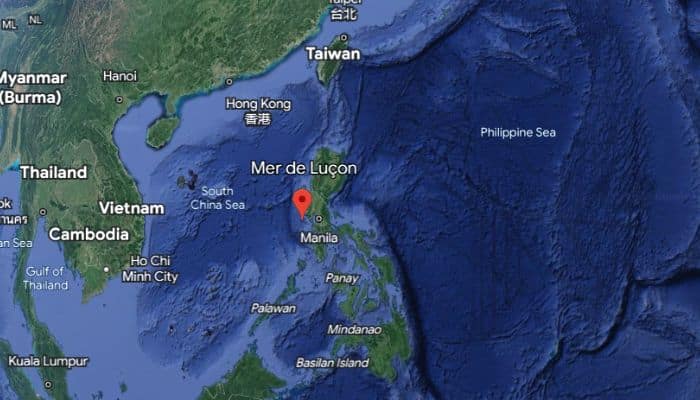
These five reefs are Mabini, McKennan, Calderon, Kagitingan and Burgos Reefs.
Also known as Johnson South Reef, the Mabini Reef lies in the southwestern part of Union Banks, in the Spratly Islands, South China Sea.
4. Is abundant in natural resources and marine life
The West Philippine Sea has innumerable resources, such as fish and marine life. According to the Bureau of Fisheries and Aquatic Resources, approximately 324,312 metric tons of marine products were procured from the West Philippine Sea in 2020, which translates to about seven per cent of the total fisheries production in 2020.
Per officials, thousands of fishermen earn their livelihood from the West Philippine Sea, especially those from the IIcos region, Central Luzon, Mimaropa and parts of the National Capital.
However, the fisherfolk of the Philippines faces a big challenge due to the presence of Chinese vessels in the area, which threatens their safety and livelihood.
Many fear that the harassment and incursions of Chinese ships could have a long-term effect and lead to the collapse of the fishing industry in the West Philippine Sea. The shrinking catch is another cause of tension for many fisherfolks who belong to the poorest section of society.
5. Coral Reefs In the West Philippine Sea cover 464,000 hectares
Per the Biodiversity Management Bureau of the Department of Environment and Natural Resources, coral reefs in the West Philippine Sea comprise an important part of the nation’s total reef area.
It is said that the Philippines has the 3rd largest reef area and the most diverse coral reefs. An sq m of a healthy coral reef produces 1-5 kg of white sand annually.
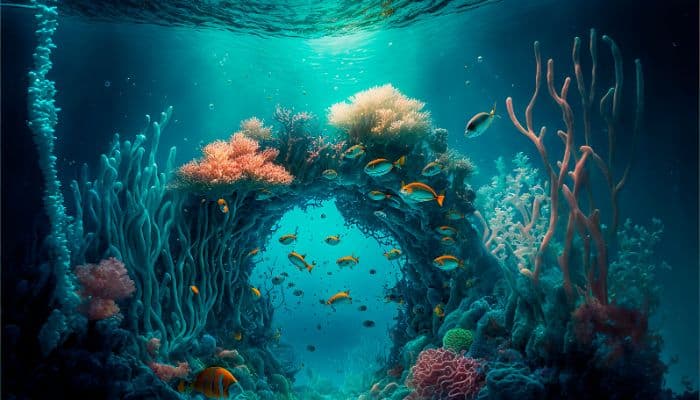
The Coral Reefs in the West Philippines Sea cover about 4,640 km2 and are an important source of tourism since many people come here to see the beautiful coral reefs.
Most coral reefs here are found in the Kalayaan Island Group. They maintain and sustain marine life in the sea by providing a viable ecosystem for thousands of species. They are home to fish larvae and are hiding spots from big predators.
Coral reefs are also important for us since they act as natural barriers stopping huge waves and safeguarding coastal settlements from strong waves, currents and coastal storms.
Sadly, the quantity and quality of coral reefs in the Philippines have declined considerably over the past few years due to marine pollution, tourism and lack of stringent regulations.
Hence, environmental enthusiasts and experts are striving to establish a government agency to handle coral reef management.
6. Rich in oil and natural gas reserves
Per the U.S Geological Survey conducted in 2013, the South China Sea has around 11 billion barrels of oil and 190 trillion cubic ft of natural gas.
According to the US Energy Information Administration, the Recto/Reed Bank has the most oil and natural gas in this Sea.
The historic Hague Ruling, 2016 stated that the Recto Bank is a part of the Philippines Exclusive Economic Zone.
7. Close to major seaports and harbours of the Philippines
There are many ports in the Philippines that are strategically located close to or along the coastline of the West Philippine Sea.
The Manila Port is the biggest and busiest port in the Philippines, located in the capital city. It is the primary international trade gateway connected to the West Philippine Sea through Manila Bay.
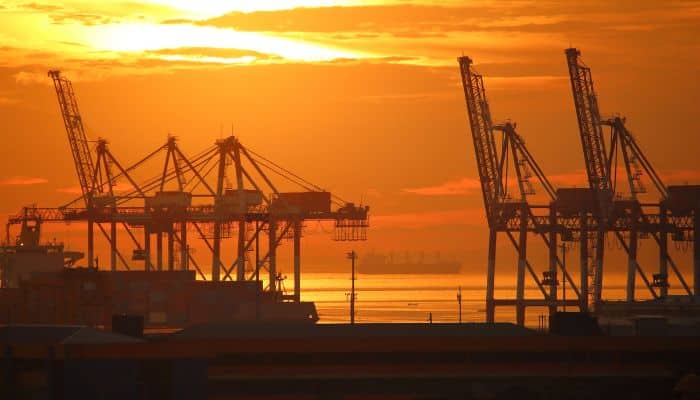
Subic Bay Freeport Zone lies in Zambales Province. It is a deep-water facility which was once a US Naval base but is now a free trade zone near the West Philippine Sea.
Lying in Batangas City, the port of Batangas, links the Philippines to other nations. It lies along Calumpang Peninsula, which faces the West Philippine Sea.
Puerto Princesa Port is an entry point for tourists visiting Palawan, an island province bordered by the West Philippine Sea.
Cagayan de Oro Port in Misamis Oriental is on the northern coast of Mindanao island. Although it is not directly linked to the West Philippine Sea, it is one of the key ports in the southern Philippines.
8. A tourist hotspot with stunning coastlines and pristine beaches
The West Philippine Sea and its region are a must-visit for nature lovers and adventure enthusiasts. There are numerous places to explore and so many fun activities to do.
The Palawan province is known for its natural beauty, and some parts lie along the West Philippine Sea. El Nido and Coron are popular tourist destinations that offer views of limestone cliffs and excellent diving sites.
Boracay, though not situated in the West Philippine Sea, is a famous island reached through the Caticlan Port. It is known for its white sandy beaches, vibrant nightlife and water sports.
Lying in Ilocos Norte, Pagudpud also has beaches and natural attractions like Bangui Windmills, Kabigan Falls, and Saud Beach.
In Zambales province, Subic Bay offers a combination of history, nature, and adventure. Tourists can visit historical sites, enjoy water sports, go to a marine park, or even jungle trekking.
The Hundred Islands is a group of small islands along the West Philippine Sea. It’s famous for island-hopping, swimming, snorkelling, and camping.
9. Home to numerous island groups
The Spratly Islands, also called Nansha Islands, are a disputed group of islands and reefs in the West Philippine Sea. They are claimed by various countries, including China, Vietnam, Taiwan, Malaysia, the Philippines and Brunei.
The Spratly Islands comprise over 100 small islands, reefs, and atolls. They are named after the 19th-century whaling captain from Britain called Richard Spratly, who saw the Spratly Island in 1843.
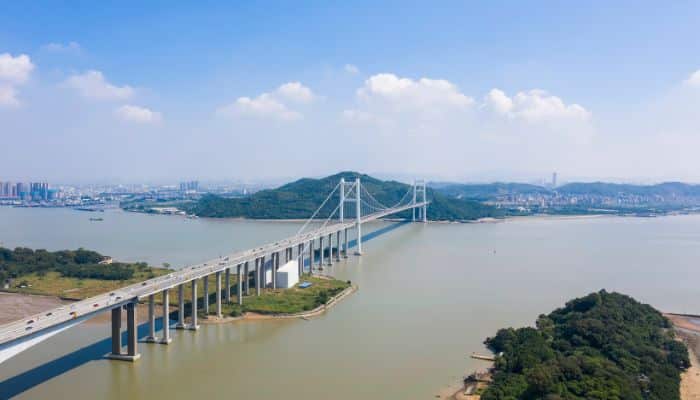
Located amidst significant shipping lines, these islands are mostly uninhabited, provide rich fishing grounds, and have large oil and gas reserves. Some of these islands have civilian settlements and also military structures.
Scarborough Shoal/ Panatag Shoal or Bajo de Masinloc is shaped like a triangle. It is basically a chain of reefs and rocks lying off the coast of Zambales in the Philippines.
The Paracel Islands lie northwest of the Spratly Islands. Some main islands in the Paracels are Woody Island, Triton and Lincoln Island.
Macclesfield Bank, or Zhongsha Islands, is a submerged atoll in the central part of the South China Sea, claimed by China, Taiwan, and the Philippines.
Reed Bank/ Recto Bank is an underwater reef in the West Philippine Sea, off the coast of Palawan, known for its potential oil and gas reserves.
You might also like to read-
- 10 Biggest Semi-Submersible Rigs
- 10 Most Famous Cruise Lines In The World
- 15 Interesting Facts About The Bermuda Triangle
- Major Ports And Terminals in Moldova
- 10 Major Caspian Sea Ports
Disclaimer :
The information contained in this website is for general information purposes only. While we endeavour to keep the information up to date and correct, we make no representations or warranties of any kind, express or implied, about the completeness, accuracy, reliability, suitability or availability with respect to the website or the information, products, services, or related graphics contained on the website for any purpose. Any reliance you place on such information is therefore strictly at your own risk.
In no event will we be liable for any loss or damage including without limitation, indirect or consequential loss or damage, or any loss or damage whatsoever arising from loss of data or profits arising out of, or in connection with, the use of this website.
Do you have info to share with us ? Suggest a correction
Disclaimer :
The information contained in this website is for general information purposes only. While we endeavour to keep the information up to date and correct, we make no representations or warranties of any kind, express or implied, about the completeness, accuracy, reliability, suitability or availability with respect to the website or the information, products, services, or related graphics contained on the website for any purpose. Any reliance you place on such information is therefore strictly at your own risk.
In no event will we be liable for any loss or damage including without limitation, indirect or consequential loss or damage, or any loss or damage whatsoever arising from loss of data or profits arising out of, or in connection with, the use of this website.

About Author
Zahra is an alumna of Miranda House, University of Delhi. She is an avid writer, possessing immaculate research and editing skills. Author of several academic papers, she has also worked as a freelance writer, producing many technical, creative and marketing pieces. A true aesthete at heart, she loves books a little more than anything else.
Latest Maritime Knowledge Articles You Would Like:
Subscribe To Our Newsletters
By subscribing, you agree to our Privacy Policy and may receive occasional deal communications; you can unsubscribe anytime.



